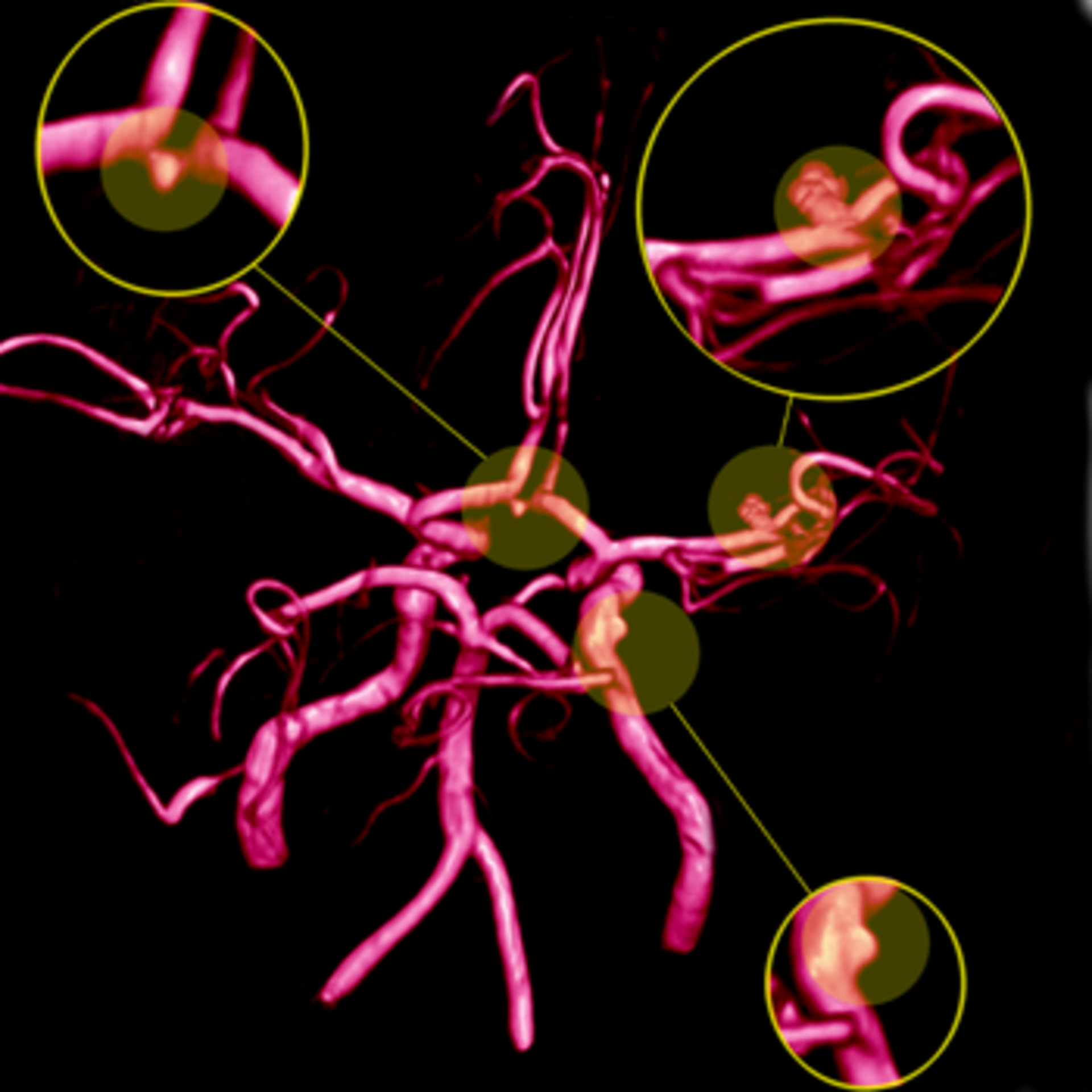Peripheral aneurysms are abnormal bulging or ballooning of a blood vessel in the body other than the brain or heart. These aneurysms can occur in any peripheral vessel, including the aorta and its branches, as well as vessels in the limbs. If left untreated, peripheral aneurysms can lead to serious complications such as rupture and bleeding.
Treatment for peripheral aneurysms typically includes monitoring the aneurysm to ensure that it is not growing or showing signs of rupture. In some cases, however, more aggressive treatment may be necessary. One such treatment is coiling.

Coiling, also known as endovascular embolization, is a minimally invasive procedure that is used to treat peripheral aneurysms. During the procedure, a small catheter is inserted into the blood vessel through a small incision in the groin. The catheter is then guided to the aneurysm and small coils are released into the aneurysm. The coils create a barrier that prevents blood from flowing into the aneurysm, which reduces the risk of rupture.
Coiling is an effective treatment option for peripheral aneurysms because it is less invasive than traditional open surgical repair. It is often used as an alternative to open surgery, which can be riskier and require a longer recovery time. Coiling is also a suitable treatment for patients who may not be suitable for open surgery due to other health issues.
In addition, coiling has a high success rate for preventing aneurysm rupture. Studies have shown that the procedure is effective in over 90% of cases.
It is important to note that the treatment decision for a peripheral aneurysm is made on a case-by-case basis, it should be done by a multidisciplinary team of vascular surgeons and interventional radiologists who can evaluate the patient's overall health, the size and location of the aneurysm, and the patient's preferences.
In conclusion, peripheral aneurysms are serious medical conditions that require prompt treatment to prevent serious complications such as rupture and bleeding. Coiling is a minimally invasive treatment option that is effective in preventing aneurysm rupture. It is often used as an alternative to open surgery and has a high success rate. It is important to see a healthcare professional if you suspect you have a peripheral aneurysm so that the appropriate treatment can be started as soon as possible.
Read More From Our Expert:
